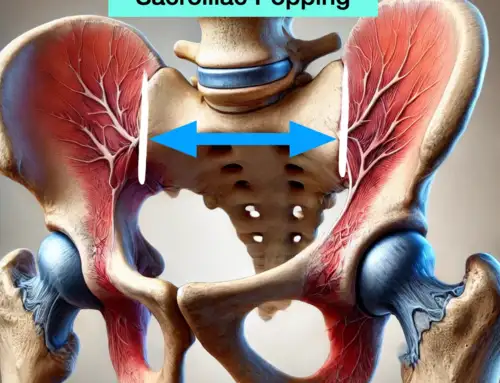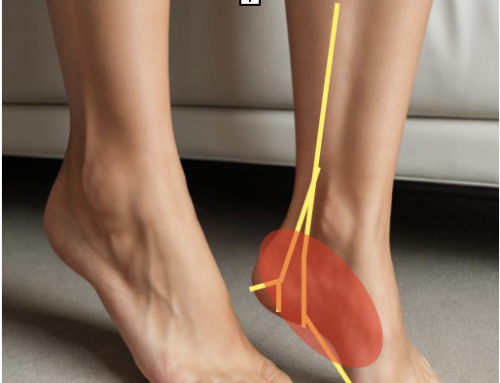How to Stretch the Gracilis Muscle
The gracilis muscle, a slender muscle found along the inner thigh, is instrumental in hip adduction and plays a vital role in the flexibility of your lower body. Focusing on flexibility work for this muscle brings crucial benefits for anyone invested in their physical health.
Best Stretch (2024)

- Starting Position: While kneeling, strengthen the desired leg while aggressively trying to rotate the leg externally away from the front of the body. Maintain an erect spine with arms in front of you at shoulder level and extended wrist.
- Strongly try to flatten the lumbar spine while flexing the ankle towards the body to create a full-body stretch with maximum tension directed to the muscle.
- Hold this position for 30 seconds and repeat 2-5 times daily.
Benefits of Engaging in Gracilis Muscle Flexibility Work
Improved Range of Motion: Flexibility exercises targeting the inner thigh area can help elongate the gracilis muscle, promoting an enhanced range of motion. This benefits activities requiring significant leg movement, such as martial arts or dance.
Injury Prevention: Routine flexibility work can prevent strains and other muscle injuries. When muscles like the gracilis are flexible, they are less prone to the micro-tears associated with muscle strains.
Enhanced Muscle Coordination: By maintaining a stretch routine for your inner thigh, the coordination between the gracilis and its synergistic muscles, such as the adductor magnus and hamstrings, is improved. This coordination is vital for compound movements across multiple sports and exercises.
Supports Overall Fitness and Strength Training: Integrating exercises that target muscle flexibility into your routine ensures that you have a well-rounded approach to fitness. This can aid in building a stronger and more balanced lower body.
Reduces Muscle Tightness: Regular stretching can alleviate the tightness and discomfort often felt in the gracilis muscle, especially if you participate in activities that heavily rely on leg strength and stability.
Promotes Hip, Knee, and Ankle Health: The gracilis muscle intersects with key joints. Keeping it flexible helps maintain joint health and can alleviate issues related to the hips, knees, and even ankles.
Aids in Achieving Full Body Splits: For those aspiring to perform splits, focusing on the gracilis can help you gradually reach a full split position by increasing the flexibility necessary for such an advanced stretch.
Complements Warm-up and Cool-down Routines: Incorporating gracilis flexibility training into your warm-up can prepare your muscles for a workout, and using it during cool-down can help lengthen and relax the muscles after exercise.
Facilitates Recovery Post-Injury: For individuals recovering from adductor-related injuries, a careful and consistent stretching program can assist in rehabilitation and expedite the healing process.
Can Contribute to Pain Alleviation: If you experience pain stemming from tightness in the inner thighs, regularly stretching this muscle can provide significant relief.
Supports Everyday Movements: Everyday actions such as walking, climbing stairs, and squatting can all benefit from the increased flexibility and strength gained from gracilis muscle exercises.
Reach out to Dr. Dean (sports doctor) in California by texting (best), calling 323-354-6077, or emailing at drjustindean@gmail.com
Our editorial practices include evidence-based practices, interventions, and recommendations.
References





